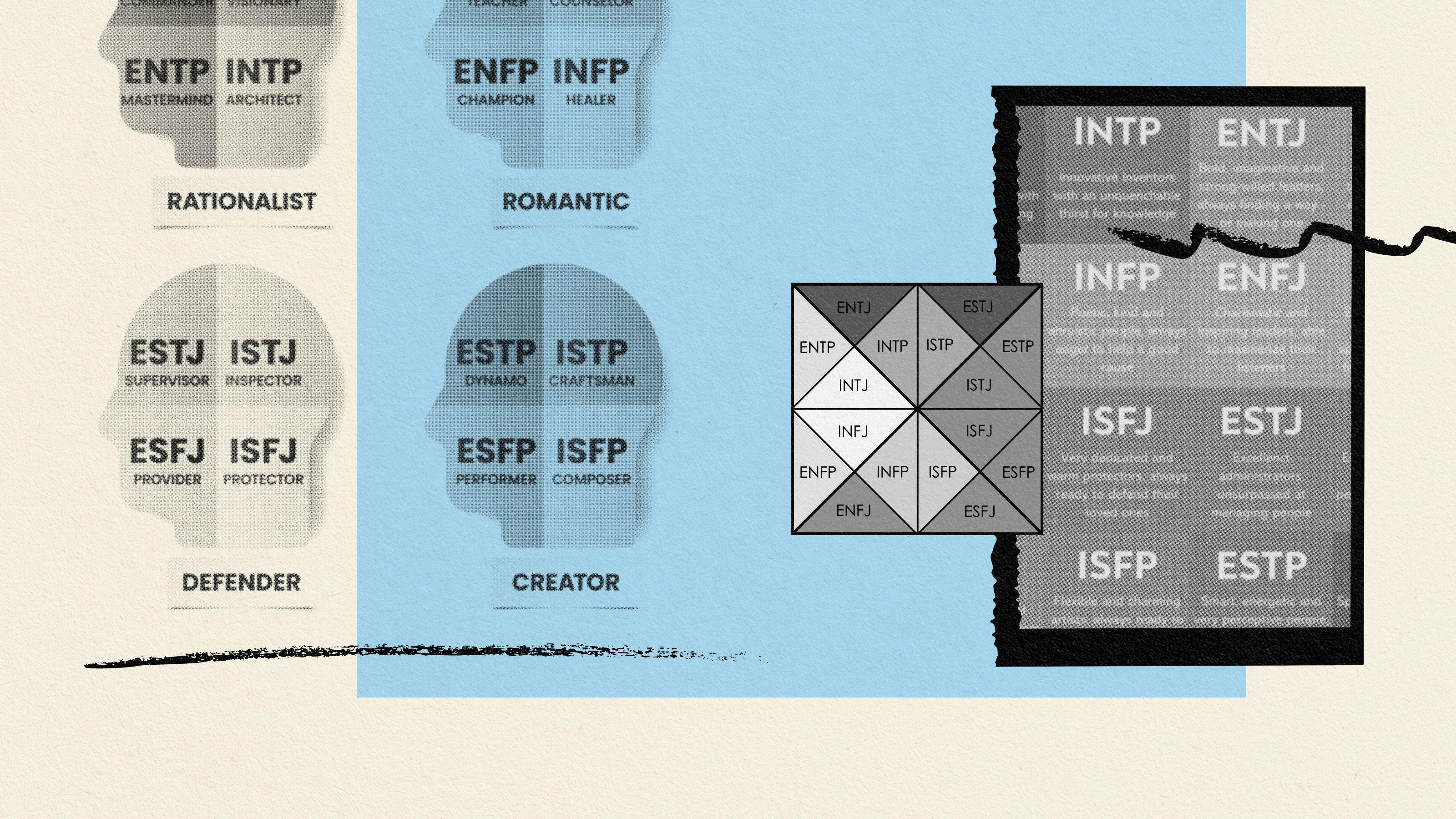America’s ‘Great Wealth Transfer’: How to pass on values and purpose

Photo by Nathan Dumlao on Unsplash
- Approximately $68 trillion will pass from boomers to millennials over the next few decades in what’s known as the Great Wealth Transfer.
- 90% of family wealth is gone by the time the third generation comes around, primarily due to familial conflict.
- Social capital advisor Richard Tafel suggests 4 steps families should follow so they transfer wealth in a way that does the most amount of social good.
The U.S. is going through the largest transfer of wealth in history. The question for many ultra-high net worth individuals (HNI) is how to make the passing on of wealth purposeful and impactful.
Many of us who weren’t raised in wealth believe that if we just had “more,” all would be well. But having worked with many wealthy families and foundations in my career, I’ve discovered that wealth brings its own set of challenges. Knowing how to pass wealth down properly is one of them.
The time to do this right has never been better. America’s high net worth individuals are experiencing two dramatic trends. First, they are part of what is often referred to as the “Great Wealth Transfer,” with approximately $68 trillion estimated to pass from boomers to millennials over the next few decades.
Second, the generational transfer of wealth often doesn’t go well. In fact, one recent U.S. Trust survey showed that 90% of family wealth is gone by the time the third generation comes around. The primary reason is familial conflict.
Added to the stress of getting this right, as most wealthy parents are well aware, is the damage large sums of money can have on their children’s ability to craft their own lives and break out of their parents’ shadow. U.S. Trust Company, Insights on Wealth and Worth, reported that more than 50% of all wealthy parents are not confident their children will be prepared to handle a financial inheritance.
To further complicate this transfer moment, the generations have differing views on “doing good.” Many in the older generation feel a responsibility to give back to society through philanthropy, often a family foundation, while most young inheritors I’ve worked with are much more interested in for-profit social ventures or a hybrid for-profit/non-profit model.
Passing on wealth appears simple, but doing it correctly requires quite a bit of work.
Common questions raised by HNIs about passing on their inheritance include:
- How do I preserve the family legacy for multiple generations?
- How do I accomplish this without damaging the next generation?
- How do I accomplish while providing the greatest social impact for good?
Based on my experience as an advisor to high net worth families, I suggest four steps toward accomplishing these goals.

Photo: Shutterstock
Addressing the secrecy around money in families is an important first step.
In my first job after graduating from divinity school, I served on the staff of Memorial Church at Harvard. Part of my job required me to meet some of the best-known wealthy families in America and ask their support for our annual appeal. What struck me the most at these meetings was the families’ trepidation about giving money away because they were not sure how long their funds would last. They explained that there was secrecy within the family around their inherited money, which left them with a lack of clarity about their own philanthropy.
Secrecy breeds fear in these situations. HNIs often underestimate the effects of secrecy and the ability of their inheritors to see the big picture. One solution is to begin an open dialog facilitated by a dispassionate professional coach. As an outsider, a coach is in an ideal position to interview all of the stakeholders about their values, hopes, and fears, and to bring everyone together, in person, if possible.
The meeting should include a candid conversation about the extent and current status of the family’s assets, as well as an honest discussion around the family’s values. A trusted advisor such as a CPA, attorney or wealth manager can be helpful in providing factual information and historical background, if appropriate.
Having worked with hundreds of clients in these situations, I’ve discovered a pattern; we all share some pretty common values, including variations on family, love, creativity, honesty, faith, health, truth, knowledge, and economic security. Finding out individual values ahead of the family meeting can help move everyone toward an articulation of the family’s values together. A question can set the stage for a productive outcome: What legacy do we as a family want to pass on? What are our family values that will guide those decisions? What tangible steps can we take to make sure our decisions reflect our values?
This is also a great time for a good facilitator to help uncover fears. Underlying wealth transfer are deep emotions. For example, the younger generation that inherits the wealth often experiences shame at not having created it. This can lead to impostor syndrome: Parents imposing their values on their children without necessarily listening to their children’s thoughts and values. That, coupled with subtle threats of disinheritance, can lead to harmful results. Many inheritors fear that they’ll be cut out of the family legacy if they don’t go along. Inheritors sometimes share fears that they won’t know how to manage the inheritance. Using an unbiased facilitator or coach can be helpful here.
Using the facilitated time to discuss the family’s legacy goals can have a profound social impact. Considerations include understanding the difference between charitable giving and social-impact investing; tax consequences of giving; and the pluses and minuses of various charitable vehicles.
Discuss the structures you will put in place to achieve your goal. For example: How will you identify worthwhile social ventures to donate to or invest in? Do you want to be solicited directly by prospective non-profit beneficiaries? Do you have a family foundation, or will social-impact investing be accomplished in another way? In my experience, more inheritors want to roll up their sleeves and have more of a personal impact in ways their parents did not. Writing out a well-conceived plan helps bring clarity to the family’s goals and objectives. That includes deciding how much of your investment will be used to build the infrastructure needed to help the organizations that you support succeed. What budget is necessary to make the legacy dream a reality?
Having an impact means more than giving away money. It means being very strategic about how, what, and where you give.

Photo: Shutterstock
With transparency achieved, values agreed upon, and strategy for the legacy impact determined, it is time to decide on the appropriate vehicle. It is important to consult with experienced advisors who are well-versed in philanthropy at this stage. Relying on poorly informed or strategically unprepared counsel can and most likely will cause more harm than good and can be very costly to the family legacy.
Your advisors should have deep expertise in the philanthropic arena, including social-impact investing, from both the wealth transfer and non-profit beneficiary perspectives. Far too often, well-intentioned plans are not properly executed. Errors can result in misdirected and/or depleted philanthropic resources, leaving the family legacy in disarray.
An experienced consultant should be able to quickly explain the difference between a private and a public foundation. They can help you develop and articulate your mission and align that mission with your strategy. They can assist with identifying organizations to get involved with and help determine the right ones where you should become part of the board and which ones you should volunteer at, as well as help you determine how much should be given to any one organization.
Hybrid organizations that combine charitable giving with social-impact investing often bridge the generational divide. This requires getting the proper structures built early. Families that seek to cut corners in the beginning stages are often frustrated by failed structures later. As someone who has done this work for many years, I’m often humbled working with accountants and lawyers in the field who continue to educate me on the possibilities and the power of getting it right in the beginning.
In addition to accountants, wealth advisors and attorneys, it is well worth the family’s time and money to join networks of other high net worth individuals, where they can meet their peers and learn from them. Organizations such as Nexus (next-generation philanthropy) and the Family Office Association of America (which offers specific workshops in intergenerational wealth transfer) are two good examples, but there are many more, and some might be local to you.
I have found that dealing with families in helping shape their philanthropic and social-impact investing goals is greatly rewarding work. It allows me to get beyond the transactional relationships and build trust with my clients and their other advisors.
The most critical message for those passing down wealth is to remember that you are passing down more than just wealth. You are passing down your values.
The great wealth transfer taking place is a tremendous opportunity to make significant changes for good in our world. Following these guidelines can help move you and your family toward a true legacy with a real impact for good.
Richard Tafel is director of Marcum Social Capital Advisors, a division of Raffa-Marcum’s Nonprofit & Social Impact Group. He can be reached at richard.tafel@marcumllp.com.
Marcum LLP is one of the largest independent accounting and advisory firms in the U.S., with offices in major business markets across the country and select international locations. For more information, visit marcumllp.com.





